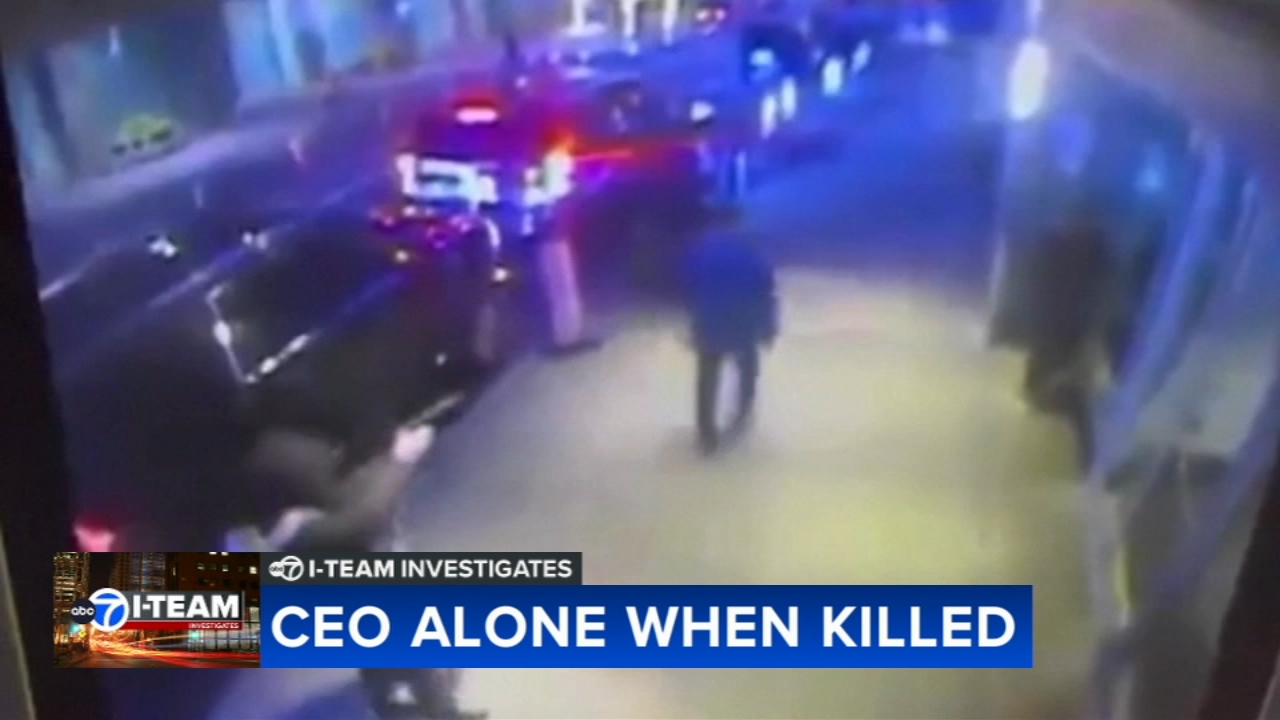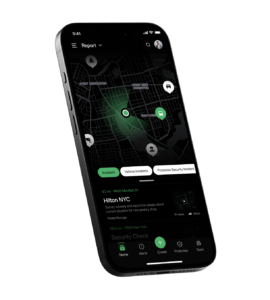The tragic assassination of the UnitedHealth CEO serves as a stark reminder of the vulnerabilities that even high-ranking executives face in today’s complex threat landscape. While the loss is immeasurable, it provides a critical opportunity for security professionals and organizations to reflect, learn, and evolve. Here, we break down the key lessons from this incident and how they apply to enhancing executive protection (EP) strategies.
1. Security Services Must Be Accepted, Not Optional
In this case, the CEO declined executive protection services offered just a day before the attack. The refusal stemmed from a corporate culture that viewed visible security as potentially damaging to public optics. Unfortunately, this decision cost him his life.
Key Insight:
Organizations must foster a culture where security is seen as an enabler rather than an inhibitor of success. Security measures should be normalized, particularly for high-profile executives. Regular threat awareness training and executive-level workshops can help leaders better understand the importance of EP and overcome the stigma associated with it.
2. Risks Associated with Public Event Advertising
The promotion of UnitedHealth’s investor day provided the attacker with the information needed to plan the assault. Publicly available details about location, timing, and attendees created a predictable environment that could be exploited.
Key Insight:
Public-facing communication strategies for events involving executives must be carefully controlled. While maintaining transparency with stakeholders is vital, organizations should limit details about specific attendees or event logistics. Security teams should work closely with communication departments to balance accessibility with discretion.
3. Venue Security: Proactive Surveillance is Crucial
Despite having armed security and plainclothes police at the event, the attacker walked through the venue unchallenged. In a post-COVID world, where masks are common, subtle threats may be harder to detect without proactive measures.
Key Insight:
Venue security should include behavior-based detection strategies. Teams must be trained to identify anomalies, such as individuals loitering, scanning the area, or displaying unusual body language. Layered security, involving both visible and covert operatives, can significantly enhance detection capabilities.
4. The Need for Comprehensive Coverage Across Locations
The CEO’s decision to stay at a separate hotel near the event venue created a gap in his security bubble. This lack of integration between lodging, transit, and event coverage made him vulnerable during a critical phase of the attack.
Key Insight:
Comprehensive EP must extend beyond the primary event location. Advance teams should assess and secure all associated venues, including lodging and transportation routes. A seamless security bubble minimizes opportunities for adversaries to exploit transitional periods.
5. The Essential Role of Advance Work
Advance work, or pre-event reconnaissance, is a cornerstone of effective EP. This involves assessing venues, routes, and potential threats in advance. In this case, better advance planning could have identified vulnerabilities at the CEO’s hotel and mitigated the risks associated with public access to the event.
Key Insight:
Advance work should be meticulous, covering all aspects of the principal’s itinerary. This includes identifying chokepoints, escape routes, and high-risk zones. Additionally, contingency plans should be developed to address worst-case scenarios.
6. Real-Time Incident Awareness
Initially, the shooting was misinterpreted as a random act, delaying the security team’s response. This highlights the importance of clear communication protocols and situational awareness during incidents.
Key Insight:
Security teams must establish robust communication frameworks to relay information rapidly and accurately. Equipping personnel with tools like GPS trackers or emergency communication devices can enhance real-time situational awareness, enabling faster and more coordinated responses.
7. Shifting the Corporate Mindset Around Security
A significant factor in the CEO’s decision to decline protection was a corporate culture that undervalued visible security measures. This mindset is not unique to UnitedHealth and poses a broader challenge in the EP field.
Key Insight:
Building a security-conscious culture starts at the top. Leadership should model behaviors that prioritize safety and security. Regularly revisiting and reinforcing security policies across the organization can help shift perceptions and reduce resistance to protective measures.
8. Lessons for the EP Community: An Evolving Threat Landscape
This incident has served as a wake-up call for corporate security teams worldwide. It underscores the reality that high-profile executives are increasingly targeted, requiring proactive and innovative solutions to stay ahead of potential threats.
A Path Forward: Strengthening Executive Protection
The UnitedHealth CEO assassination highlights the critical need for a layered, proactive approach to EP. Here are actionable steps for organizations looking to bolster their programs:
1. Conduct Regular Threat Assessments: Identify and prioritize vulnerabilities across all levels of operation.
2. Normalize Security Practices: Make security a core component of corporate culture to ensure executive buy-in.
3. Invest in Training: Provide security teams with regular, up-to-date training on emerging threats and response protocols.
4. Leverage Technology: Use tools to streamline advance work, enhance situational awareness, and improve communication during missions.
5. Collaborate Across Departments: Ensure security, communications, and event planning teams are aligned to mitigate risks effectively.
By implementing these strategies, organizations can better protect their leadership while adapting to an ever-changing threat landscape.
Conclusion
The lessons from the UnitedHealth CEO assassination are clear: executive protection must be proactive, comprehensive, and culturally ingrained. Organizations that take these lessons to heart can create safer environments for their leaders and, ultimately, their teams. This tragedy is a call to action for all security professionals to evaluate and improve their practices, ensuring such preventable incidents do not occur in the future.
Ready to enhance your team’s protection strategies? Visit AdvanceWork to learn more or request a demo today.



